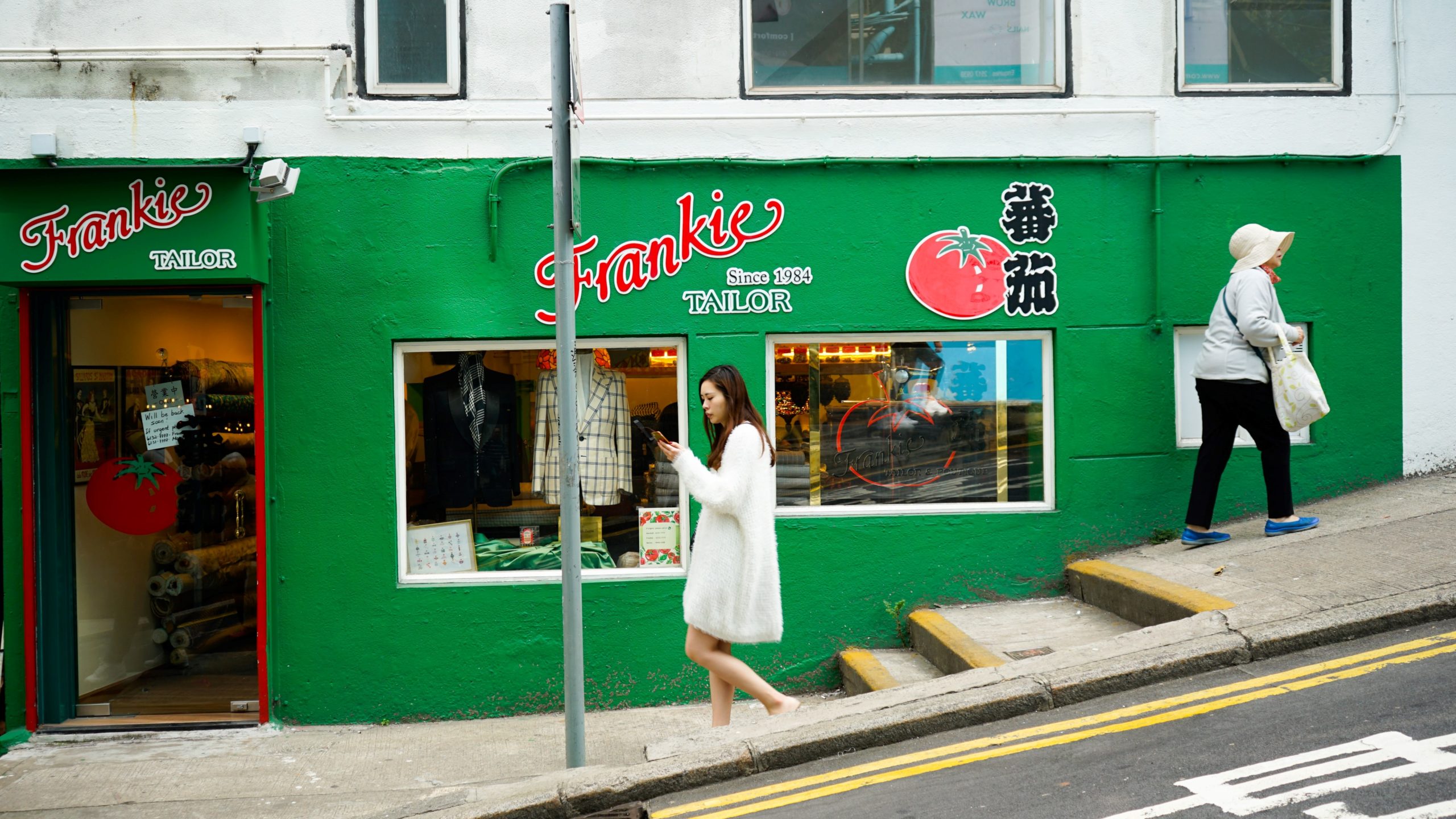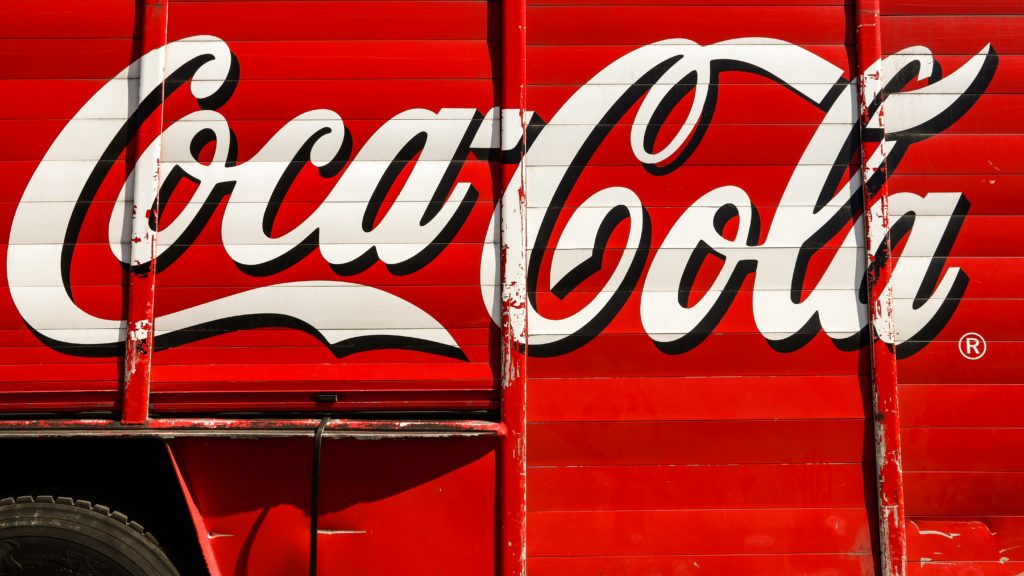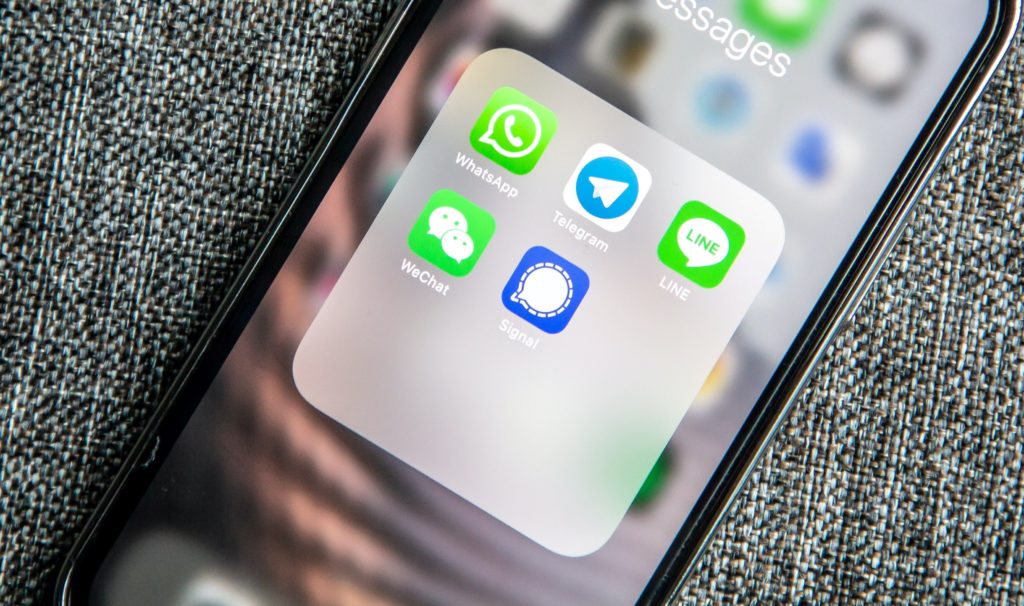
The Most Comprehensive Chinese Localisation Marketing Strategy Guide
Nov 19, 2021 | Tianxing Z & Janie Z|6 Min
Intro
China represents the world’s second-largest economy overall (behind only the US) and the fastest-growing economy by GDP. As the Chinese market grows, many foreign brands are increasingly willing to customise their products for China. However, Chinese localisation marketing is no easy task. Localisation can be effective in some cases, but in other cases, these good intentions can seriously backfire. To achieve success in China, brands must carefully consider which elements of products and business processes will be most conducive to incorporating local characteristics.
What is localisation?
A localisation strategy should be a crucial part of any company’s international business plan, which includes addressing customer behaviour, purchasing habits, and cultural differences in each country where they operate. The trick is finding that balance between staying true to your brand while still resonating with the local audience and not losing its appeal.
What could go wrong with localisation?
There are common problems that international brands face when they come into the China market. A few examples are brand messaging, underestimating local competitors, English websites not working due to inappropriate Chinese translations, technical problems, wrong product mixes or local regulations, etc.
Look below at some classic examples outlined by brand analysts Stefan Weynfeldt and Fran Lu of how they got it wrong, such as branding in Chinese.
1. Coca-Cola
Translation and branding failures can get the best of everyone, including Coca-Cola. When the brand first appeared in China, their name sometimes translated to “Bite the wax tadpole” or “Female horse stuffed with wax” – depending on the dialect.

2. KFC
The KFC slogan “finger-lickin’ good,” has been translated to “eat your fingers off” in Beijing. This slogan makes people feel uncomfortable, so they turn away from the restaurant.
3. Pepsi
The famous slogan from Pepsi – “Pepsi Brings You Back to Life” had an unfortunate translation mishap in China. The slogan translated to “Pepsi Brings Your Ancestors Back from the Grave.” The Chinese translation of it was odd and has caused many causes many customers to give up consuming the product.
4.Costa – 咖世家 Ka Shi Jia
The “Ka Shi Jia”, translated to “Respectable Family (skilled in) Coffee”, and appears more like a furniture store that sells products of poor taste. But luckily, its Chinese name is not that widely known because most Costa stores do not have the Chinese name on their shop fronts.

5. Airbnb – 爱彼迎 Ai Bi Ying
Airbnb’s Chinese name caused a stir on social networks when they announced it in March. Although the company explained that “Ai Bi Ying” meant “Let people greet each other with love” and insisted that the name conveys Airbnb’s spirit, many people found it far-fetched and hard to read. Some even joked that the name and pink backdrop looked more like a family planning brand.

What is different about the Chinese market?
Chinese localisation marketing starts with understanding China Market:
China is not one homogenous market but a diverse place with many different cultures. You can almost see China as the whole European continent.
For example, there are seven major dialects spoken throughout the country, which affect how people communicate. So, the strategies you use to get ahead in one region may not work elsewhere, even if it has similar circumstances or demographics!
Many markets in China are changing fast. Some of these changes may be difficult to predict because they are so new, which means it is important that you stay on top of your game!
In the past, stores in China had to focus on mass-produced products. That is not necessary anymore because consumers want niche brands with individualised attention now more than ever. Smaller local businesses can meet this demand by catering specifically to their desires.
Chinese consumers love digital and social media. Online shopping is huge in China, with many people using it to share their experiences or seek reviews from others before making a purchase decision. That is why it is important to carry out digital marketing campaigns to leverage these channels wisely.
Speak to the Enlybee team about digital marketing campaigns.

An 8-step plan for a localisation strategy to China
- Market Research On local competitions.
Do not underestimate the local competitor and always do research. It has never been an easy task to compete with local brands in China. They can outbid you on price and supply chain operations like Shein, which started as a $20 million investment only a few years ago! So, brands need to develop their distinctive market positioning before entering China.
2. Organise your message right.
The key to success in any market is getting your message right. Often, the first step of that process seems simple- get a professional agency. But you need to know what makes sense for this country, so do not take their word on it when they say, ‘this will work’. No matter how fancy your marketing plan may seem at first glance, it is all about who you are and how that message caters to Chinese consumers.
3. Overcome the language barriers and cultural differences.
Individuals speak English in parts of China like big cities, but it is not the official language. Using the local language is the most effective way to promote your business. They use the simplified Chinese characters in Mainland China, compared to traditional Chinese used in Hong Kong. So, make sure that the native language of these individuals is clear to them.

4. Customer research for local preferences and cultural sensitivity
After Norwegian Cruise Lines launched a new ship specifically for the China market, they quickly realised their mistake. The boat featured typical features of China, such as teahouses and karaoke rooms, when passengers wanted more Western-style experiences like those found on American ships.
Another example is Home Depot in China. As a DIY store, it does not fit the needs or culture where people often reside in small apartments, and there are centuries-old traditions against “Do It yourself” work!
Researching your customers’ local preferences is vital for launching a new brand in China. You can conduct different surveys, focus groups, and phone interviews to research their needs locally before establishing operations there. If you want to know more about localisation in China, please contact Enlybee.
5. Get a feel for the social landscape
The social landscape in China is unique, and marketers need to understand what they cannot do. Without access to Facebook, Instagram, and Twitter in China, you will have a much harder time connecting with your audience.
So, what you should do is get yourself acquainted with the Chinese versions of each one to start. Learn how people use these sites differently from their Western counterparts so your content will resonate more authentically there.
It is not only social media, but your original website may also have problems. Depending on where your server is or who you share it with, it could be blocked or slow. You need local hosting services for optimal performance; we offer those as well as SEO advice tailored towards our clients based out of China (and all over!)
You could learn more about Chinese social media platforms and mobile apps via our blog: Top 10 social media platforms.

6. Find your branding and localising balance
Brand localisation can be difficult. Too little or too much effort in localisation may lead to the production being rejected by target audience, lessening its appeal and value for you as well.
The key is finding that “sweet spot” where it resonates with your own brand’s values but still appeals specifically towards those who live locally in relevant cultures around them. Evaluating your marketing materials or having someone do it for you is vital to ensure your global alignment.
7. Always seek innovation
Peter Drucker is famously quoted as saying that two basic functions of business are marketing and innovation. Localisation in China is a constant process of unleashing your creativity.
A recent survey of KFC in China showed that they introduced about fifty new products a year compared with one or two at most for the US. The fast-food business model explained why the lack of novelty contributed heavily to many retailers’ downfall.
8. The importance of finding the right partner
The right partner can help you avoid many mistakes and help you enter the Chinese market smoothly. You may choose your agency partner depending on various other factors such as your goals and budget, MarTech and branding strategy, etc.
We have a blog for your reference on how to choose the right partner and hope it can help you.

Conclusion
To conclude, it is not enough to look at China with dollar signs in your eyes because of the size of the market there. Playing your cards right is essential if you want to be competitive. Sometimes you need some expert assistance for Chinese localisation marketing – from someone who understands local languages, markets, segments, regions, and so on. If this is the case for your business, get in contact with our bilingual China marketing team!